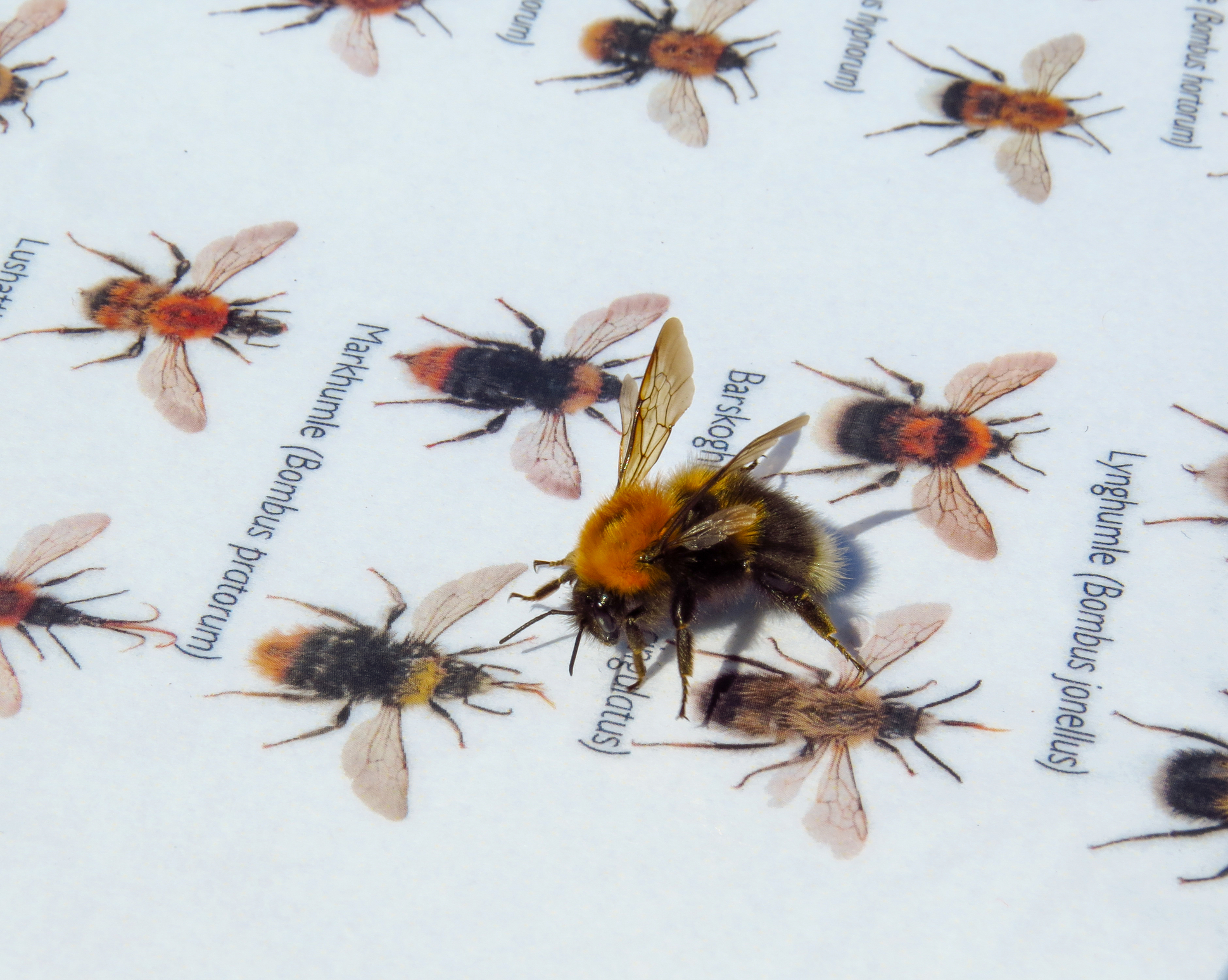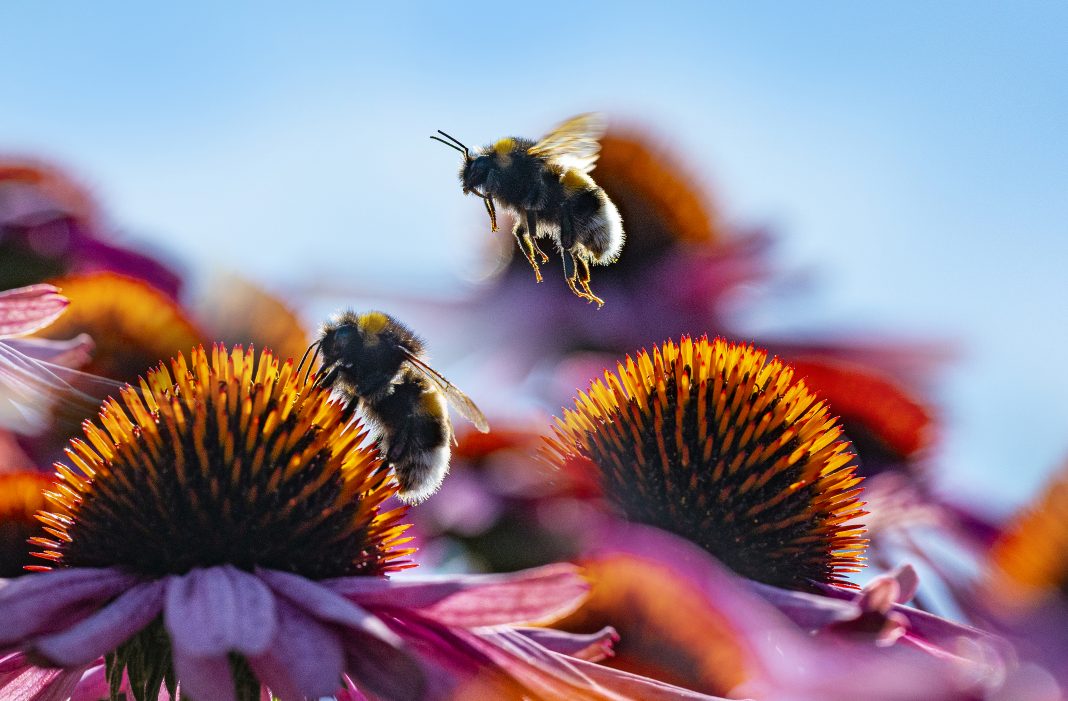A ten-year citizen science study finds that multiple habitats need to be preserved for efficient bumblebee species conservation in the UK
A study using 10 years of citizen science data from the Bumblebee Conservation Trust’s BeeWalk scheme finds that a variety of specified bumblebee species conservation approaches are needed, as many bees require different habitats and biodiversity to thrive.
Rare species like the large garden bumblebee, which the largest species in the UK, require arable areas – whereas large areas of semi-natural land, like moorland, were important for several species such as the moss and the brown-banded carder bees, and the bilberry bumblebee.
“Bumblebees are mostly threatened by loss and degradation of nesting and feeding habitat”
Effective conservation requires in-depth knowledge of different species’ requirements which in turn depends on detailed habitat survey data.
Researchers at the Bumblebee Conservation Trust, Karlsruhe Institute of Technology and the University of Edinburgh used 10 years of bumblebee abundance data to provide an overview currently possible bumblebee habitat requirements across the UK.
Overall, the team found a wide range of differences between bumblebee species in the types of habitats they are associated with – finding that a one-size-fits-all approach to bumblebee conservation will not effectively protect all species, and that conservation efforts need to be carefully tailored to particular species.
Identifying types of habitats that could be targeted for bumblebee conservation
The data was taken via a citizen science project with over 500 volunteers across the UK who carry out monthly monitoring walks, identifying and counting bumblebees. The researchers combined data from the BeeWalk scheme with land cover data, climate date and detailed observer-collected habitat data.
These combined data sources allowed the researchers to look at associations between 14 UK bumblebee species and types of habitat – finding the variety in bumblebee conservation needs and requirements and how they differed between species.

Dr Penelope Whitehorn, at the Karlsruhe Institute of Technology, who led the study, said: “Our results suggest that reversing the loss of semi-natural areas such as wetlands may be the single most generally effective action for bumblebee conservation while improving habitats in urban and arable areas could benefit particular rare species.
“As one of the most nature-depleted countries in the world, it’s really important that we better protect our native species and habitats in the UK. Our study highlights the value of citizen science for understanding bumblebees and their habitats. Citizen science also gives everyone a chance to contribute to protecting these species.”
A third of the UK’s 24 species of bumblebee are listed as a conservation concern
Finally, the study also identified differences in habitat association within bumblebee species.
For instance, the queens and males of several species were particularly associated with areas of scrub, bracken and herbs, suggesting that these habitats are good for nesting.
In contrast, workers were more commonly associated with hedges and lanes, suggesting these are good for providing food.
Richard Comont, Science Manager at the Bumblebee Conservation Trust, said: “Bumblebees are mostly threatened by loss and degradation of nesting and feeding habitat. Bumblebees need areas with lots of flowers available from March right through to September/October.
“Bees lose this vital resource when habitats are lost entirely because they’re either built on or changed into other environments or degraded through things like pesticide use.”











